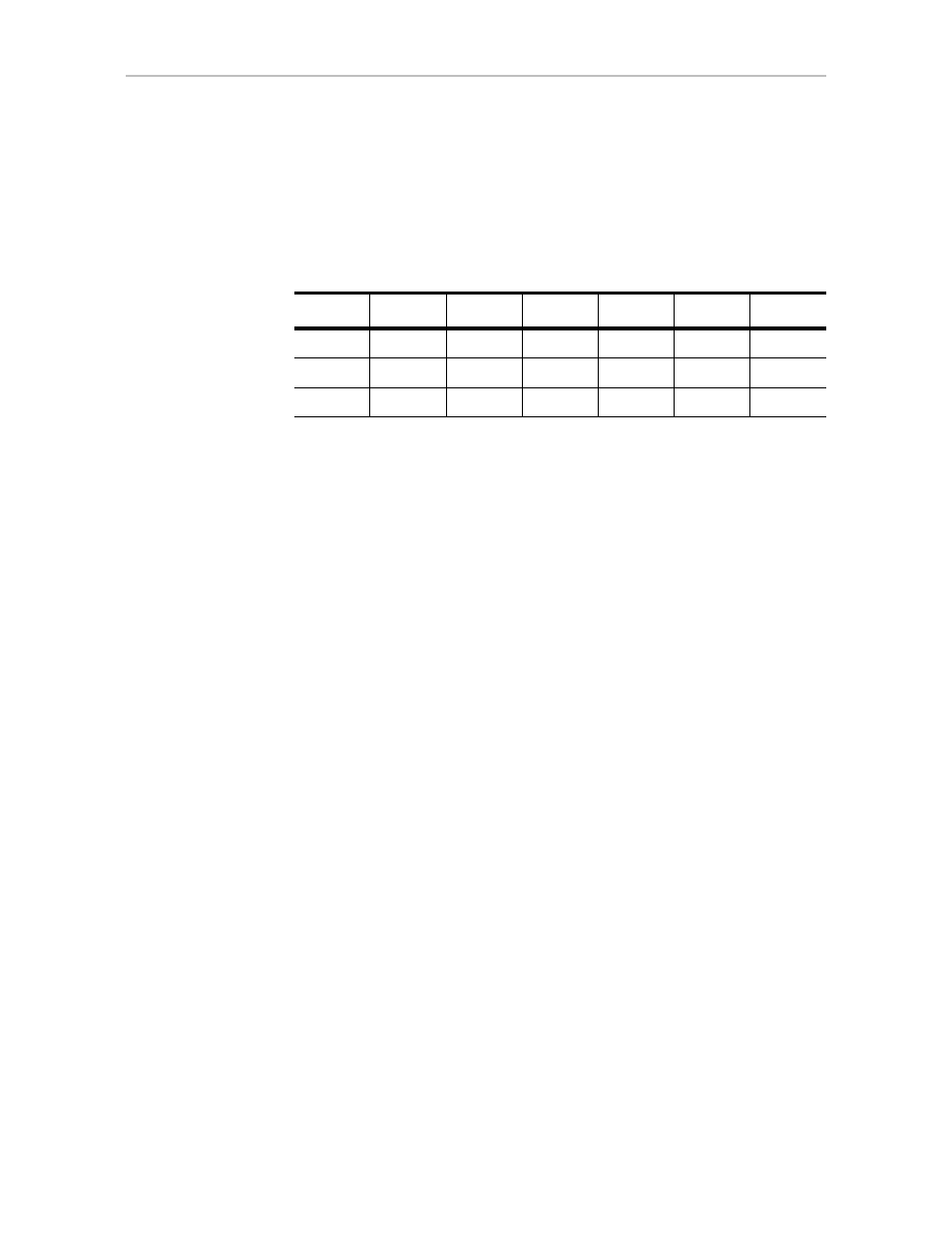Avago Technologies 3ware SAS 9750-16i4e User Manual
Page 62

Chapter 2. CLI Syntax Reference
54
3ware SATA+SAS RAID Controller Card CLI Guide, Version 10.2
stripe=size consists of the stripe size to be used. The following table
illustrates the supported and applicable stripes on unit types. Stripe size units
are in KB (kilobytes). If no stripe size is specified, 256K is used by default, if
applicable. If you need to change the stripe size after the unit is created, you
can do so by either migrating or recreating the unit.
group=3|4|5|6|7|8|9|10|11|12/13|14|15|16 indicates the number of disks per
group for a RAID 50 type. (You can use this attribute only when type=raid50.)
Note that a RAID 50 is a multitier array. At the bottom-most layer, N number
of disks per group are used to form the RAID 5 layer. These RAID 5 arrays
are then integrated into a RAID 0. This attribute allows you to specify the
number of disks in the RAID 5 level. Valid values are 3 through 16. However,
no more than 4 RAID 5 subunits are allowed in a RAID 50 unit.
A sufficient number of disks are required for a given pattern or disk group.
For example, given 6 disks, specifying 3 creates 2 RAID 5 arrays. With 12
disks, specifying 3 creates 4 RAID 5 arrays under the RAID 0 level. With
only 6 disks, a grouping of 6 is not allowed because you are basically creating
a single RAID 5 unit.
The default RAID 50 grouping varies, based on number of disks. For 6 and 9
disks, default grouping is 3. For 8 disks, the default grouping is 4. For 10
disks, the default grouping is 5, and for 12 disks, the disks can be grouped into
groups of 3, 4, or 6 drives (the group of 4 drives is set by default because it
provides the best of net capacity and performance). For 15 disks, the disks can
be grouped into 5 drives (3 drive groups would make 5 subunits; you can have
a maximum of 4 subunits). For 16 disks, the disks can be grouped into groups
of 4 or 8 drives.
noscan attribute instructs the CLI not to notify the operating system of the
creation of the new unit. By default, the CLI informs the operating system.
nowrcache attribute instructs the CLI to disable the write cache on the newly
created unit. By default, the write cache is enabled for best performance. If
there is not a BBU or UPS installed, you can avoid the possibility of data loss
in the event of a power loss, by setting nowrcache.
nordcache attribute instructs the CLI to disable the read cache on the newly
created unit. Enabling the read cache increases performance. The
rdcachebasic attribute instructs the CLI to set the read cache mode on the
Table 6: Supported Stripe Sizes (KB)
R0
R1
R5
R6
R10
R50
Single
16
N/A
16
16
16
N/A
64
—
64
64
64
64
—
256
—
256
256
256
256
—
- 3ware SAS 9750-24i4e 3ware SAS 9750-4i 3ware SAS 9750-4i4e 3ware SAS 9750-8e 3ware SAS 9750-8i 3ware 8006-2LP 3ware 8006-2LP (Channel) 3ware 9550SXU-4LP 3ware 9550SXU-4LP (Channel) 3ware 9550SXU-8LP 3ware 9550SXU-8LP (Channel) 3ware 9650SE-12ML 3ware 9650SE-12ML (Channel) 3ware 9650SE-16ML 3ware 9650SE-16ML (Channel) 3ware 9650SE-24M8 3ware 9650SE-24M8 (Channel) 3ware 9650SE-2LP 3ware 9650SE-2LP (Channel) 3ware 9650SE-4LPML 3ware 9650SE-4LPML (Channel) 3ware 9650SE-8LPML 3ware 9650SE-8LPML (Channel) 3ware 9690SA-4I 3ware 9690SA-4I (Channel) 3ware 9690SA-4I4E 3ware 9690SA-4I4E (Channel) 3ware 9690SA-8E 3ware 9690SA-8E (Channel) 3ware 9690SA-8I 3ware 9690SA-8I (Channel)